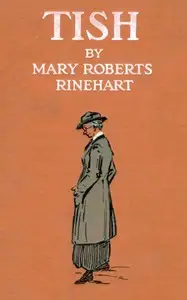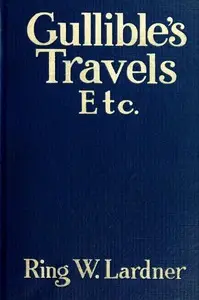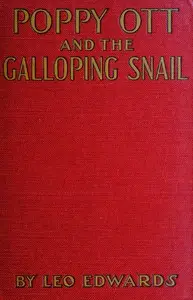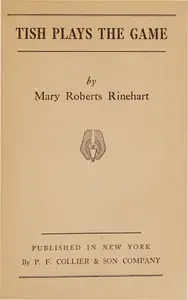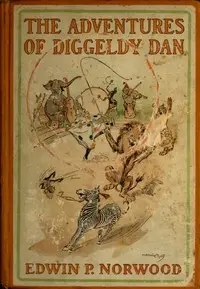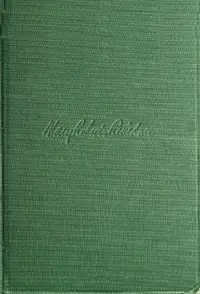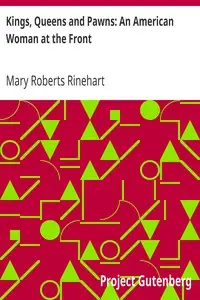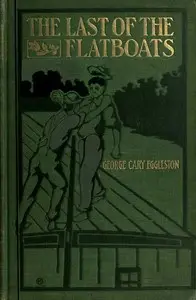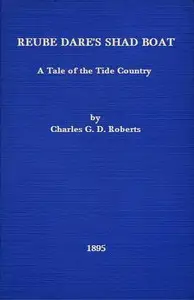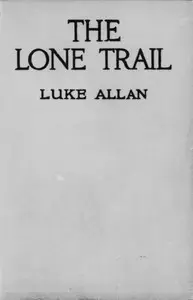"More Tish" by Mary Roberts Rinehart is a funny story from the early 1900s that follows the lively Tish and her pals as they jump into a funny escapade prompted by Tish’s wild ideas, like a walking trip with a donkey. The story, which is set against the backdrop of friendship among middle-aged women, looks at the themes of friendship, adventure, and the very funny bad luck that comes with Tish's daring adventures. The book starts when Tish and her friends, Aggie and Lizzie, find out about Tish's plan to get a donkey and go on a walking tour, inspired by Stevenson's "Travels with a Donkey." Lively talks show off their personalities, especially Tish's excitement and Aggie's careful attitude. As they get ready for the trip, the three friends deal with surprising events, including an accident when Tish practices with her firearms. The first few chapters set the scene for a trip full of fun and the chaos that always seems to follow Tish, making it a fun read for people who like character-based comedies with a bit of adventure.
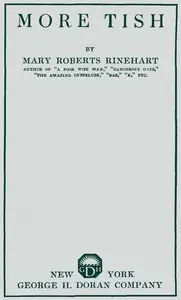
More Tish
By Mary Roberts Rinehart
Get ready for laughs when three spirited friends and a mischievous donkey turn a simple walking tour into a series of side-splitting mishaps.
Summary
About the AuthorMary Roberts Rinehart was an American writer, often called the American Agatha Christie. Rinehart published her first mystery novel The Circular Staircase in 1908, which introduced the "had I but known" narrative style. Rinehart is also considered the earliest known source of the phrase "the butler did it", in her novel The Door (1930), although the exact phrase does not appear in her work and the plot device had been used prior to that time. She also worked to tell the stories and experiences of front line soldiers during World War I, one of the first women to travel to the Belgian front lines.
Mary Roberts Rinehart was an American writer, often called the American Agatha Christie. Rinehart published her first mystery novel The Circular Staircase in 1908, which introduced the "had I but known" narrative style. Rinehart is also considered the earliest known source of the phrase "the butler did it", in her novel The Door (1930), although the exact phrase does not appear in her work and the plot device had been used prior to that time. She also worked to tell the stories and experiences of front line soldiers during World War I, one of the first women to travel to the Belgian front lines.

